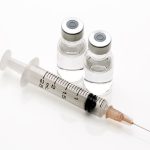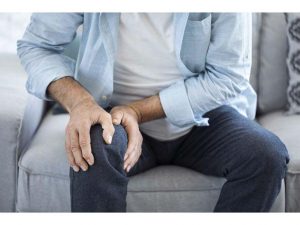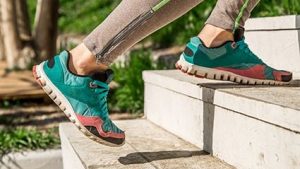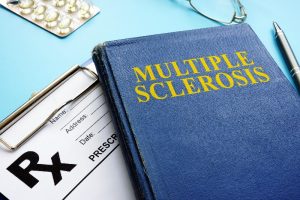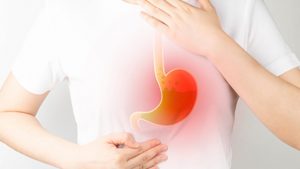
Astronauts aboard the International Space Station (ISS) are living in an environment that contains higher levels of potentially harmful chemicals than seen in American homes, new research reveals. The discovery is important because it could guide the design of future spacecraft. “Our findings have implications for future space stations and habitats, where it may be possible to exclude many contaminant sources by careful material choices in the early stages of design and construction,” said study co-author Stuart Harrad, from the University of Birmingham, in the United Kingdom. “While concentrations of organic contaminants discovered in dust from the ISS often exceeded median values found in homes and other indoor environments across the U.S. and western Europe, levels of these compounds were generally within the range found on Earth,” he explained in a university news release. Among the contaminants found in this “space dust” were polybrominated diphenyl ethers (PBDEs), hexabromocyclododecane (HBCDD), “novel” brominated flame retardants (BFRs), organophosphate esters (OPEs), polycyclic aromatic hydrocarbons (PAH), perfluoroalkyl substances (PFAS) and polychlorinated biphenyls (PCBs). BFRs and OPEs are used in many countries to meet fire safety regulations in consumer and commercial applications, such as electrical and electronic equipment, building insulation, furniture fabrics and foams, according to the study. PAH can be found in hydrocarbon fuels and emitted from combustion processes. PCBs were used in building and window sealants and in electrical… read on > read on >

















